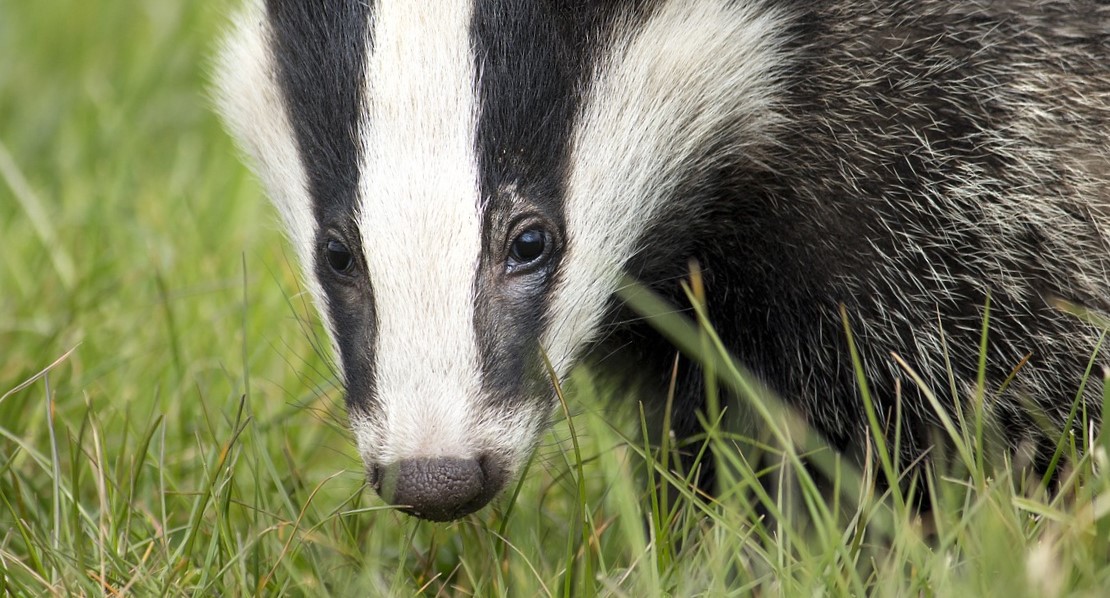All 40 badgers which tested positive for bovine tuberculosis (TB) as part of Government surveillance in eastern Cumbria have tested positive for the same strain of the disease that infects cattle.
Defra published the data relating to wildlife controls, that form part of the government’s programme of bovine tuberculosis (TB) eradication yesterday (Thursday, March 21).
TB surveillance was conducted in badgers removed from one badger control intervention area in the Low Risk Area of England.
40 out of 363 tested badgers (11%) were positive for Mycobacterium bovis – all with the 17 genotype previously identified in this area.
The prevalence was 20.9% inside the previously designated central ‘Minimum Infected Area’.
The study built on previous knowledge of badger infection in the area, where surveillance was carried out in ‘found dead’ carcases.
British Veterinary Association (BVA) president Simon Doherty welcomed the findings.
“We continue to support a comprehensive and evidence-based approach to tackling bovine tuberculosis, including the principle of badger controls within the Low-Risk Areas (LRAs) of England where there is a demonstrated need,” he said.
“We welcome this evidence, which demonstrates that there was significant bovine TB infection in the wildlife reservoir in the Cumbria hotspot and that whole-genome sequencing has shown this to be the same strain that is present in cattle in this region.
“Clearly, it is not yet possible to assess how effective the culls have been in containing that threat.
“Bovine TB is a devastating disease and it is vital that we use every available tool in the toolbox to support the Government’s aim to make England bovine TB free.
“We are pleased to see the expertise of veterinary and scientific colleagues in Government being fully utilised in Cumbria, with a strong focus on surveillance and the application of whole-genome sequencing and epidemiological analysis.
Only by better understanding bovine TB and applying that evidence to the eradication process can we hope to be successful in halting its spread.
“We continue to call on the Government to use the targeted and humane method of cage trapping and shooting only, rather than the current method of controlled shooting.
“This report emphasises the additional benefits of cage trapping as a method in that it allows better analysis of the culled badgers, leading to an improved understanding of the relationship between infected wildlife and disease spread in cattle.
“A considerable evidence base has now been gathered that will inform the progression of the eradication programme in the High-Risk Area of England. We hope this will allow the Government to provide greater clarity on the methodology that will be applied going forward.”

